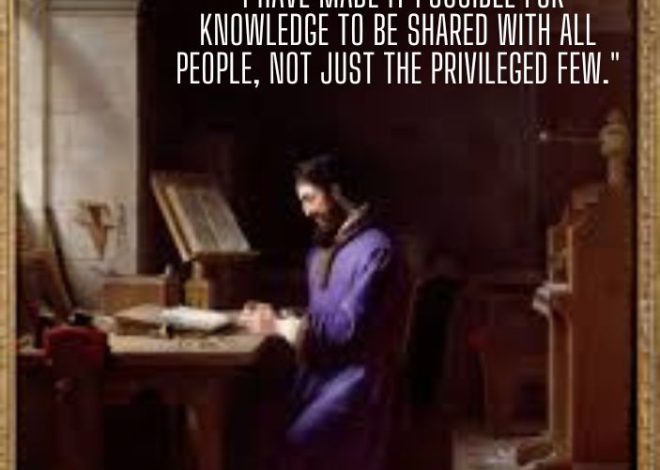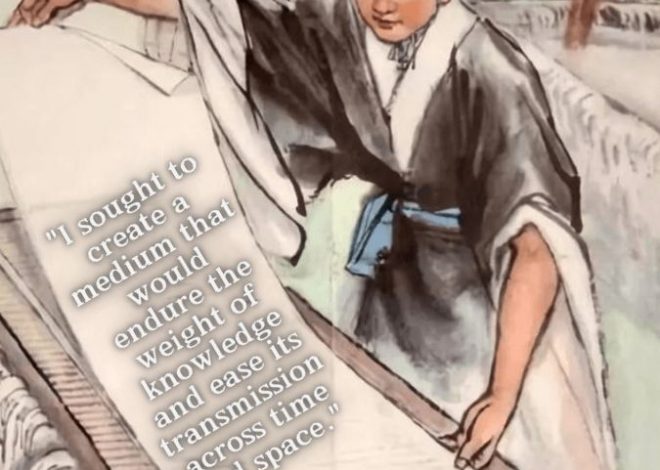
“Christopher Columbus: The Man Who Bridged Two Worlds”
Christopher Columbus, one of the most famous explorers in history, is often credited with “discovering” the Americas in 1492. However, his legacy is far more complex than the popular narrative suggests. Columbus’s voyages not only changed the course of world history but also opened a new chapter in global exploration, trade, and cultural exchange. While the term “discovery” is contested—since the Americas were already inhabited by indigenous peoples—Columbus’s journeys had profound, lasting effects on the world, reshaping geopolitics and leading to the eventual colonization of the New World.
Early Life and Motivation
Born in Genoa, Italy, in 1451, Christopher Columbus came from a family of wool weavers. His early education likely included an understanding of geography, navigation, and the basic principles of sailing. As a young man, Columbus became fascinated with the idea of reaching Asia by sailing westward, a belief that stemmed from his knowledge of classical geography and the growing European desire to find new trade routes.
At the time, the main trade routes between Europe and Asia were controlled by Islamic empires, and the European powers were eager to find direct access to the wealth of the East—spices, silks, and precious metals. Columbus’s vision was to find a westward route to Asia, bypassing the overland routes controlled by the Ottoman Empire and the Mediterranean trade networks. He believed that by sailing west across the Atlantic Ocean, he could reach the lucrative markets of Asia, specifically the East Indies.
In pursuit of this goal, Columbus approached several European monarchs for funding. After being rejected by Portugal and England, he found a more receptive audience in Spain. Queen Isabella I and King Ferdinand II of Aragon, eager to expand their influence and wealth, agreed to sponsor Columbus’s voyage. They were also motivated by the prospect of spreading Christianity to distant lands.
The First Voyage: 1492
On August 3, 1492, Columbus set sail from Palos de la Frontera, Spain, with three ships: the Nina, the Pinta, and the Santa Maria. His goal was to find a westward route to Asia, but what he encountered instead was an entirely new world. After more than two months of sailing across the open ocean, Columbus and his crew made landfall on October 12, 1492, on an island in the Bahamas, which he initially believed to be part of the East Indies.
In the following weeks, Columbus explored parts of the Caribbean, including modern-day Cuba and Hispaniola (the island shared by Haiti and the Dominican Republic). He never realized that he had stumbled upon a new continent; Columbus remained convinced that he had found islands off the coast of Asia.
Despite not achieving his original goal, Columbus returned to Spain in March 1493, claiming to have discovered a new route to the East. His reports were met with excitement and disbelief, but the Spanish monarchs supported his claims and agreed to fund further expeditions. Columbus’s voyages opened the door to further exploration and eventually the colonization of the Americas.
Subsequent Voyages and Discovery of the Americas
Columbus embarked on three more voyages to the New World, in 1493, 1498, and 1502. While he initially believed he had reached the outskirts of Asia, it became increasingly clear that he had encountered an entirely unknown continent. His second voyage, in particular, saw him establish the first permanent European colony in the Americas on the island of Hispaniola. However, tensions between Columbus and his Spanish sponsors soon began to rise due to the difficulties in administering the newly established colonies and the challenges of governing a growing number of settlers.
On his third voyage, Columbus explored the coast of South America, reaching the Orinoco River in modern-day Venezuela. By this point, Columbus had begun to understand that the lands he had encountered were not part of Asia but an entirely new continent, though he never fully grasped the full scale of the discovery.
Despite his growing awareness, Columbus continued to assert that he had found islands on the edge of Asia. His failure to realize the true nature of the lands he had encountered led to conflict with other explorers and historians, who would later claim credit for discovering the Americas. Columbus’s reputation would suffer further due to mismanagement of his colonies and a series of disputes with the Spanish Crown.
Legacy: A Complex and Controversial Figure
Columbus’s voyages had profound, long-lasting effects on world history. While he was not the first European to set foot in the Americas—Viking explorer Leif Erikson had likely reached North America centuries earlier—Columbus’s expeditions marked the beginning of widespread European exploration and colonization of the Americas. The term “Columbian Exchange” is used to describe the exchange of goods, ideas, diseases, and peoples between the Old World (Europe, Africa, and Asia) and the New World (the Americas). This exchange radically transformed both the Americas and Europe, with long-term consequences that are still being felt today.
- The Columbian Exchange: Columbus’s voyages initiated an unprecedented movement of plants, animals, and diseases between the Eastern and Western Hemispheres. European crops and animals, such as wheat, cattle, and horses, were introduced to the Americas, while New World foods like corn, potatoes, and tomatoes were brought back to Europe. This exchange transformed agriculture and diets on both continents. However, the Columbian Exchange also brought devastating diseases like smallpox to the indigenous peoples of the Americas, leading to widespread death and population decline.
- The Age of Exploration: Columbus’s voyages were part of the broader Age of Exploration, which saw European powers extend their reach around the globe. His success encouraged other explorers, such as Vasco da Gama, Ferdinand Magellan, and John Cabot, to undertake their own expeditions. These voyages helped to establish European dominance in the world for centuries to come, as they led to the establishment of colonies and trade routes across Africa, Asia, and the Americas.
- Colonization and the Impact on Indigenous Peoples: The arrival of Columbus and subsequent European colonizers had devastating effects on indigenous populations in the Americas. Entire civilizations, such as the Aztecs and the Incas, were destroyed by European conquest, and countless indigenous people died from diseases brought by the Europeans. The European colonization of the Americas led to the forced displacement, exploitation, and decimation of native cultures and populations. This dark chapter in history has prompted ongoing debates about Columbus’s legacy.
- Reevaluation of Columbus’s Legacy: Columbus’s legacy has been the subject of much debate in recent years. While he is still celebrated in many parts of the world as a pioneer and symbol of discovery, his actions toward indigenous populations have also drawn criticism. The celebration of Columbus Day in the United States, for example, has been met with protests and calls for Indigenous Peoples’ Day to honor the cultures that existed long before Columbus’s arrival. His actions as a colonial administrator, including his mistreatment of native people, have led many to reconsider his role in history.
Conclusion
Christopher Columbus remains one of history’s most significant and controversial figures. His voyages across the Atlantic in 1492 opened the door to the European exploration and colonization of the Americas, forever altering the course of world history. While his achievements cannot be denied—his journeys linked two worlds and initiated the global exchange of ideas, goods, and people—the consequences of his actions, especially for indigenous populations, complicate his legacy. Columbus’s story is a reminder that historical figures, even those with monumental accomplishments, are often products of their time, and their legacies can be both celebrated and criticized in equal measure.















